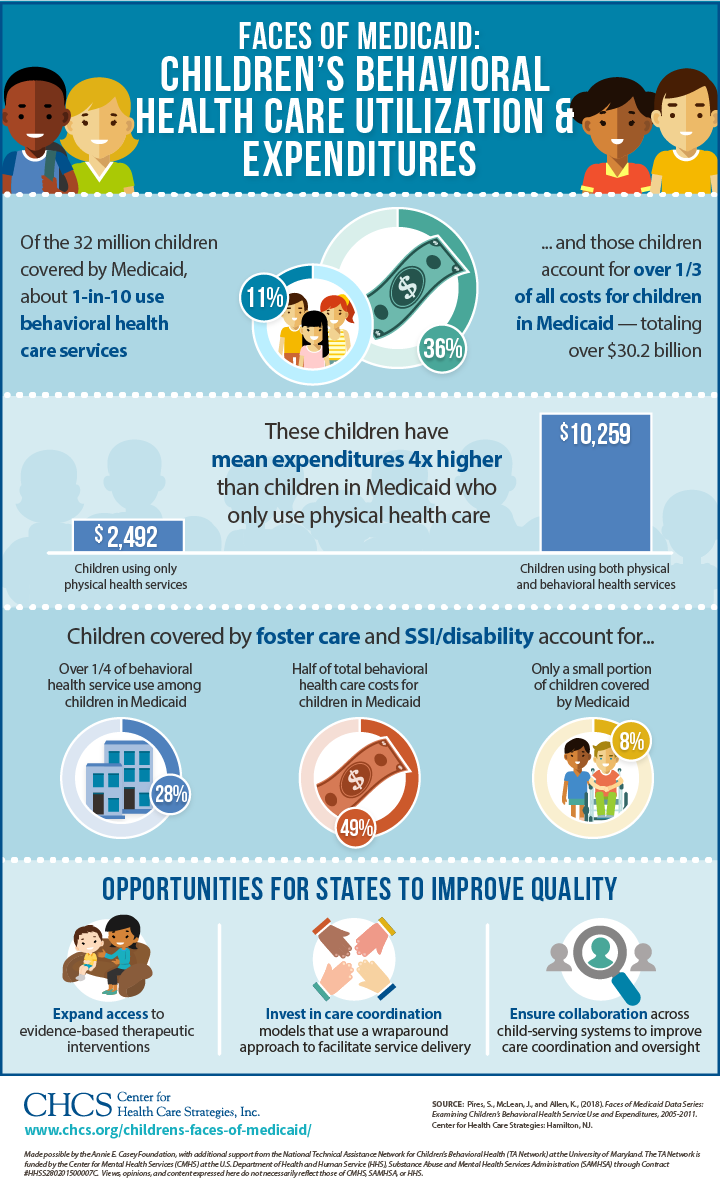Primary Care Compared To Urgent Care: Establishing One Of The Most Appropriate Service To Seek
Writer-Hermann McElroy When it concerns your health, knowing whether to select health care or immediate care can be critical. Recognizing the distinctions between these two services and identifying the details circumstances where each shines is essential for making informed choices about your clinical needs. By comprehending the subtleties of primary care and urgent treatment, you can navigate the medical care landscape more effectively and make certain that you receive the suitable level of attention when seeking therapy.
Trick Distinctions Between Health Care and Urgent Treatment
Wondering just how primary care differs from immediate treatment and when to pick each? Let's break it down for you. Primary care concentrates on preventive treatment and handling total health and wellness. You see a health care medical professional for regular examinations, vaccinations, screenings, and continuous health worries. This sort of care establishes a long-term relationship with a healthcare provider who understands your medical history and can direct you through various health and wellness problems. On the other hand, immediate care is for prompt clinical requirements that develop all of a sudden. If you have a small injury or illness that calls for timely interest yet isn't dangerous, immediate care centers are furnished to manage it. They offer extensive hours and walk-in consultations, making them convenient for sudden health concerns that can't await a primary care go to.
Variables to Consider Before Finding Care
Before making a decision in between health care and immediate care, think about reviewing the intensity of your clinical problem and the seriousness of treatment needed. First, assess the severity of your symptoms. If you're experiencing light signs and symptoms like a cold, rash, or minor sprain, primary care may be suitable. On the other hand, if you have serious symptoms such as chest pain, difficulty breathing, serious allergic reactions, or deep cuts calling for instant interest, urgent treatment is likely better suited. In addition, consider the time of day and day of the week. Medical care facilities usually operate throughout routine service hours, while urgent care centers often offer prolonged hours and weekend break availability. Another aspect to consider is price. Immediate treatment check outs are commonly extra costly than primary care gos to, so if price is a concern, medical care might be the much more cost-effective choice.
Comprehending When to Look For Urgent Treatment
To figure out when to seek urgent care rather than medical care, analyze the intensity and necessity of your clinical issue, focusing on signs and symptoms like breast pain, difficulty breathing, extreme allergies, or deep cuts that require prompt attention. https://keck.usc.edu/calendar/event/scehsc-seminar-series-dna-methylation-at-imprint-control-regions-early-exposures-and-obesity-in-children-with-cathrine-hoyo-phd/ !3m2!1i1024!2i768!4f13.1!3m3!1m2!1s0x88d9b7cc0edf60ed%3A0xac6039fc0fd9734e!2sIntegrative%20Health%20Miami%20%7C%20Dr.%20Barquin!5e0!3m2!1sen!2sph!4v1714192675484!5m2!1sen!2sph” width=“600” height=“450” style=“border:0;” allowfullscreen=“” loading=“lazy” referrerpolicy=“no-referrer-when-downgrade”> If you experience abrupt and severe breast pain, especially if it emits to your arm or jaw, it could suggest a cardiac arrest, necessitating urgent medical examination. Likewise, problem breathing, especially if it comes on suddenly or is accompanied by upper body tightness or hissing, may represent a significant breathing issue that calls for prompt attention at an immediate treatment facility. Serious allergic reactions, such as swelling of the face or throat, hives around the body, or difficulty swallowing, can indicate anaphylaxis, a serious problem that demands prompt treatment. Deep cuts that are hemorrhaging profusely, gaping open, or subjecting underlying tissue needs to be evaluated at immediate like prevent infection and ensure correct wound closure. If you experience any of these signs and symptoms, looking for urgent treatment promptly is important for your health and wellness and well-being. Conclusion Inevitably, understanding the difference between medical care and immediate treatment is critical in ensuring you obtain the ideal level of medical interest for your demands. By taking into consideration variables such as the extent of signs, time restrictions, and clinic accessibility, you can make an informed decision on whether to seek regular treatment from a health care service provider or prompt attention from an immediate care facility. Prioritizing your health and wellness and wellness starts with understanding when to look for each solution. 